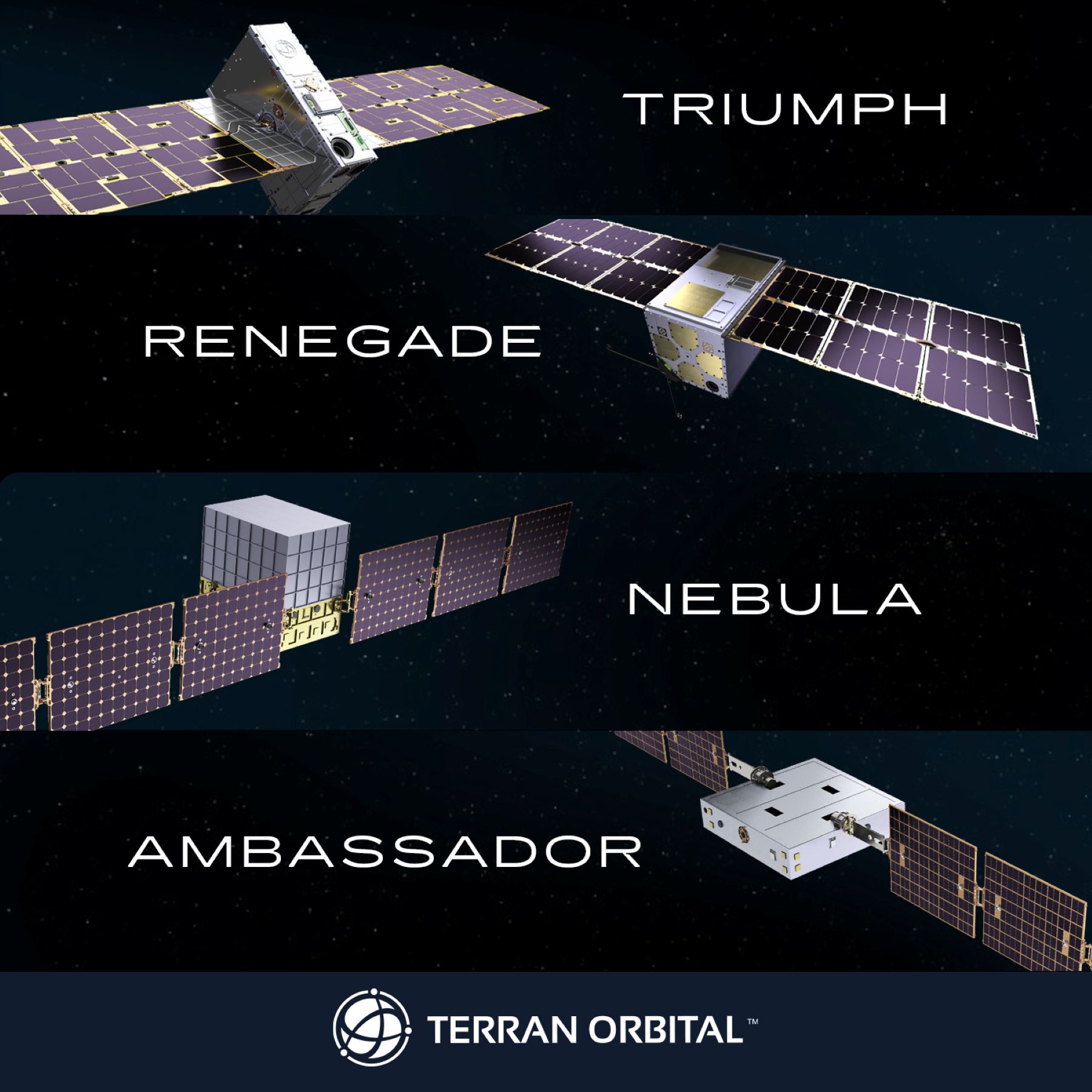5 Green technologies expected to make headway in 2019

Green technology (or simply Greentech) refers to technology that is eco-friendly and involves energy efficiency, safety, and health purposes and more. Genentech is an encompassing term that includes techniques like environmental monitoring and the use of green chemistry, all of which ensure that the environment remains protected. The technology is, therefore, often termed as clean technology or environmental technology.
Investments in Green technology:
While Greentech has been in use in one form or another since the industrial revolution, it was until the 1990s that it developed as a sector. A report released by the United Nations in 2018 revealed that the global investment in clean energy and green processes surpassed $200 billion in 2017. China led as the largest investor in the sector, with around $126.6 billion worth of investments in 2017.
The report also said that sustainable means of energy production such as solar and wind power had received $2.9 trillion worth of investments since 2004. These energy sources are less harmful to the environment compared to the more traditional ways of generating energy.
The benefits of green technologies are numerous not only for nature for also for human beings to remain healthy. Other benefits include:
- Recycling: Green technology helps manage and recycle waste material
- Purification of water: Greentech ensures the availability of pure drinking water
- Purification of air: Green technologies reduce Carbon emission and ensure that we breathe clean air
- Conserving energy: Many devices have been designed using green technology that leads to the conservation of energy
- Restoring the damaged ecosystem: Clean technologies are also being used to heal the ecosystem that has sustained damages due to human involvement
5 Green technologies to look out for in 2019:
Many environmental pioneers have joined hands to tackle some of the most pressing environmental issues through technological advancements. Here we present five green technologies that are expected to make headway and revolutionize our planet of consumerism. Some of them are in the early stages of development and others are trying to gain a greater foothold, but all of these technologies address some of the real threats our planet is facing.
1. Better lighting:
Many new developments have been made in the last few years when it comes to lighting. At the beginning of 2014, the U.S. government took a step in favor of compact fluorescent and LEDs when it banned many power-hungry incandescent light bulbs.
These new lighting technologies have many other exciting applications that make them useful. LEDs, for example, have been named as a potential weapon against the plight of malaria in the developing parts of Africa. Advanced LED technology has also helped vertical farming, which is the future of modern agriculture.
2. Waste-sourced biofuel:
Human beings are awful when it comes to recycling our trash. The average U.S. citizen produces around 4.4 pounds of trash a day and recycles just 1/3rd of that. However, now we can use smarter technologies to turn biomass waste like paper, wood chips, and grass into gas and ethanol.
The processes involved in conversion use much less water and has a lesser carbon footprint than conventional methods of ethanol production. Several companies in various parts of the world are building standardized plants that will allow municipalities to begin turning garbage into cleaner biofuel.
3. Electric vehicles:
No conversation about green technologies is complete without mentioning the rise of electric automobiles. The last few years saw a surge in this technology, and we now see almost all the major auto manufacturers working on their version of electric cars.
Tesla leads the competition with their Model S, but considering the price, it has not become mainstream. As other companies join the fray, we will see a reduction in prices due to competition. Tesla has already allowed others to access its patents and boost innovation surrounding green vehicles.
Wireless technology is also making headways in electric vehicles which will allow them to receive power remotely through electromagnetic field broadcast from cables installed under the road.
4. Renewable energy at home:
The sun is a sustainable source of energy that produces 173,000 terawatts of solar energy every second. Due to the falling cost of solar power, everyday homeowners are now installing solar panels on their roofs. The prices of solar have fallen from around $150 per watt in 1970 to less than 60 cents today. Many countries including Germany and France now meet most of their energy demands from renewables like solar. Germany reached a point when it produced around 75 percent of its energy demand from renewables.
Bottom of Form
Considering the benefits of renewable technologies, many countries are trying to replace fossil fuels and nuclear energy with solar as a primary source of energy generation. Analysts at UBC think that most of the power stations in Europe could be redundant within a decade. Platforms such as the Scoop company, have further increased the growth in the renewable energy sector. They are helping solar companies to streamline their operations and improve quality at an affordable cost.
5. Carbon dioxide capture:
Removal of CO2 from the atmosphere may be the last viable solution to stop the catastrophic climate change. Scientists are experimenting on practical and affordable ways to capture CO2 from the air which would soak up the excess greenhouse-gas emissions. The UN’s climate panel concluded that the world would need to remove as much as 1 trillion tons of CO2 from the atmosphere to prevent global warming.
Climate scientists at Harvard recently calculated that machines could, theoretically, remove one ton of carbon dioxide from the air for as less as $100. The approach is known as direct capture which is far too cheaper than the earlier estimates.
There were issues regarding the utility of the captured CO2 earlier; however, startups like Carbon Engineering, a Canadian startup, plans to ramp up production of synthetic fuels, using the captured CO2 as a key ingredient. Zurich-based company Climeworks also produce methane from captured carbon dioxide and hydrogen in their direct air capture plant in Italy. Key figures like Bill Gates have invested in such startups in hope for developing a sustainable future.
Conclusion:
These are 5 of the hottest and accessible green technologies for 2019. Some of them are simple; others involve installing equipment that will help you save energy and the environment. Invest in these technologies and reduce your carbon footprint on the planet.
Author Bio:
About Michelle Joe: Michelle Joe is a blogger by choice. She loves to discover the world around her. She likes to share her discoveries, experiences, and express herself through her blogs. You can find her on twitter: @michellejoe524






